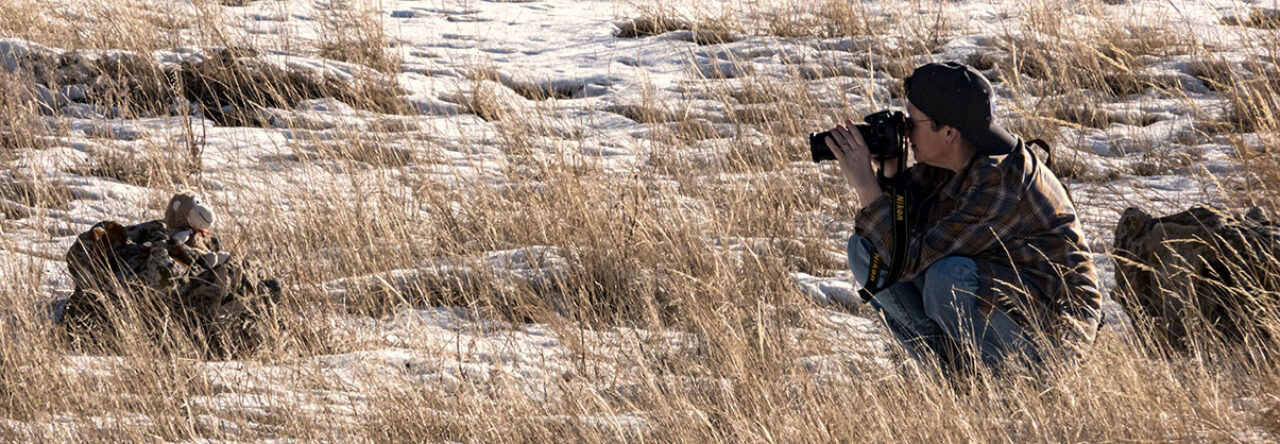It’s been a while since I did a book review, so here’s what I’ve read so far in 2023.
Allow Me to Retort: A Black Guy’s Guide to the Constitution, by Elie Mystal
Elie Mystal intrigues me. Every time I hear him speak, he makes me think. Sometimes, I nod my head and other times, it’s him giving me a point of view I hadn’t thought about before. So, when I saw he read his book, I knew I was going to grab the audiobook rather than the text itself.
Where do I start? I enjoy Mystal’s humor. I enjoy the fact that he’s a legal scholar, but can speak at a level the rest of us can understand. Zerlina Maxwell, MSNBC analyst describes “Allow me to Retort” as “the perfect guidebook for Americans who want to understand how our country is supposed to work.” I’m not sure I could say it better.
The book isn’t difficult to get through and you’re probably going to learn a few things along the way. I found a couple of chapters dense enough that I started the chapter over so I could catch everything.
I like Mystal because of his sarcastic wit. He discusses all the issues we just accept because we don’t actually read or understand the constitution and then skewers those ideas with a quip backed up by detailed instruction of what is really going on.
I admit it. I haven’t read the Constitution in about a decade and I’m a bit rusty on it. I think that was kind of a good thing because it allowed me to be more open to his ideas and the points he was trying to make.
The book doesn’t whitewash history, so if you’re looking for a “the founding fathers knew everything we ever needed and put it in the Constitution” type of book. This isn’t for you. If you want to understand the flawed foundational document that makes up America, give it a go.
It’s a serious, fact-based, humorous ride through the Constitution. I’d recommend the audiobook over the book so you can hear how the author wanted to get his message out.
The Deepest Well: Healing the Long-Term Effects of Childhood Adversity, by Dr. Nadine Burke Harris
I’ve read this book twice. Burke Harris narrates the book, so of course I was going to listen to the audiobook. It’s another easy read packed full of information. I went back and purchased the book so I could linger a bit longer on the bits that really hit me as well as the bits that made me think.
Coming into the book, I was aware of who Burke Harris was and I am familiar with the ACEs (Adverse Childhood Experiences)https://www.youtube.com/watch?v=Hh1idR1XkC4 study, having written several articles on the topic.
Throughout the book, Burke Harris discusses a boy named Diego, who had stopped growing after being sexually assaulted. It was Diego that spurred her to learn more about toxic stress and lifelong illness. Her research delved into ACEs and how it is intertwined with our biological systems.
Burke Harris gives many examples in the book of other youth who were dealing with the effects of childhood trauma. A good narrative, however, ties it all together, so she continually refers back to Diego as he progressed in life.
Childhood trauma, toxic stress, ACEs. They’re all related and Burke Harris makes them easily digestible so any reader can understand the impact they have on other people.
The Faithful Executioner: Life and Death, Honor and Shame in the Turbulent Sixteenth Century, by Joel F. Harrington
Frantz Schmidt was an executioner in Nuremberg from 1578 to 1618. The Faithful Executioner is primarily based on his diary, which chronicle the hundreds of executions and public punishments he performed. It delves into his life and the culture in which he lived.
I’ve read this book and listened to the audiobook, and would recommend either one. It was interesting to learn how an executioner was shunned, but still had a high economic status. Humans are weird in putting people in boxes and Schmidt dealt with it deftly.
There will always be speculation, but he didn’t name his son after him, a common practice at the time and Harrington wonders, as do I, if this was to lift a little bit of stigma for his child.
Schmidt abhorred people who robbed others in their home. He thought it was not just an invasion of a person’s home, but of the person’s safety and security as well.
Over the course of his career as an executioner, Schmidt executed 361 people and tortured, flogged, or disfigured hundreds more. He also practiced some early medicine. Harrington doesn’t just relay this information from Schmidt’s journal, he seeks to understand how someone with such a cruel job could also be human.
Throughout the book, readers find Schmidt is compassionate, humane, insightful and so much more. Harrington remains faithful to the facts and doesn’t interject modern morality into the story. It’s a fascinating story from many angles and I think Harrington did a fine job explaining them all.
I may go back and listen to it again as it is chock full of information.
A Fever in the Heartland: The Ku Klux Klan’s Plot to Take Over America, and the Woman Who Stopped Them by Timothy Egan
This book has been recommended to me several times. Timothy Egan is a really good writer. His books are easy to read and often interesting.
The books is about how, after the KKK had died out, it was resurrected and not just in the South. Have you ever asked yourself, “how the hell did these racist, rapist fuckheads get into Ohio and Indiana?” Read this book.
By the 1920s, the KKK was in every level of government. The book centers around D.C. Stevenson, who pretty much controlled all politics in Indiana. He planned to take the White House and probably would have done it if it wasn’t for Madge Oberholtzer. He is also human garbage.
This is one of the most disturbing books I’ve tried to read. I couldn’t get through it and finally had to put it down. I don’t think I’m ever going to go back to it.
The descriptions I read about the book and when it was recommended to me, said Stevenson was a rapist and a bigot. Those words do not describe the levels of his depravity.
It was too much for me. I was triggered. I felt like vomiting reading it. I decided it was best to stop reading.
I still think other people should read the book for two reasons. First, people need to understand such monsters exist. I’m not even sure monster is a strong enough word. Second, these bastard were well on track to taking over the country. Madge stopped them, but she paid the ultimate price after her brutal rape.
The Shadow Docket: How the Supreme Court Uses Stealth Rulings to Amass Power and Undermine the Republic, by Stephen Vladeck
If you’ve never heard of the shadow docket before, read this book. It’s a bad thing. The shadow docket was supposed to be used for extremely urgent matters. Now, it’s creating law in secret and away from the eyes of the public.
Vladeck is a professor at the University of Texas law school and deftly explains how the supreme court relies on procedural rulings (the shadow docket) to create new law in America. By doing this and not ruling on cases, the court has been able to hand major victories to the extreme right in the United States, including on issues such as abortion, civil rights, voting rights, and COVID policy.
The Jungle: [A Graphic Novel] by Kristina Gehrmann
It’s a graphic novel of a classic book. I love graphic novels. I find the art in them appealing and I’m always interested in how much information you can convey in another storytelling artform.
This one is awesome. I think everyone should read “The Jungle.” If you have, pick up a copy of the graphic novel and immerse yourself in a new telling of the story.
Bleeding Cool wrote a review of the graphic novel when it first came out 2019. When I stumbled upon it in late 2022, every paragraph I read I thought, “Yup. I need this.”
Gehrmann brings one of the most important books in American history to life. Her art is skillful and keeps the readers attention throughout the novel.
No, you can’t borrow my copy. This is one of those rare times I plan to keep a book just to myself.
First Scalp for Custer: The Skirmish at Warbonnet Creek, Nebraska, July 17, 1876 by Paul L. Hedren
This is a short book at around 60 pages and can be read in a couple of hours. I purchased it when I was doing some research on Warbonnet for my podcast.
I don’t like “Buffalo Bill” Cody. I don’t care to read stories about him, which tend to be more legend and bullshit than reality. Paul Hedren does a decent job retelling about the skirmish, which took place just north of where I live in Sioux County, Nebraska.
During the skirmish, Cody was serving as a scout for the Fifth Cavalry when he killed and scalped Yellow Hair, a Northern Cheyenne. The title of the book comes from something Cody supposedly said.
The book is a good one to read if you’re looking to learn about Warbonnet. I didn’t like the language used, which I find typical of books chronicling Native Americans that were written in the latter half of the 20th century.
The book I read was published in 1980. There was a revision in 2005.
Please let me know in the comments if you’d rather I do one book per blog post or several books at once. I’m slowly working through the books on my Amazon wishlist and I’ll post some details of those once I’m finished reading them and digesting everything I learn.


Leave a Reply